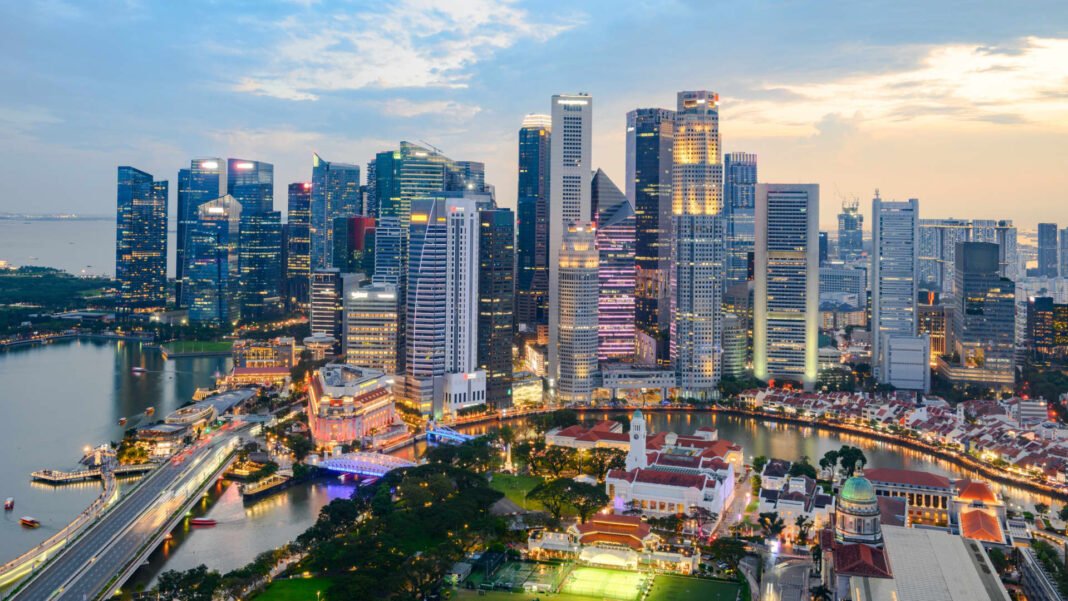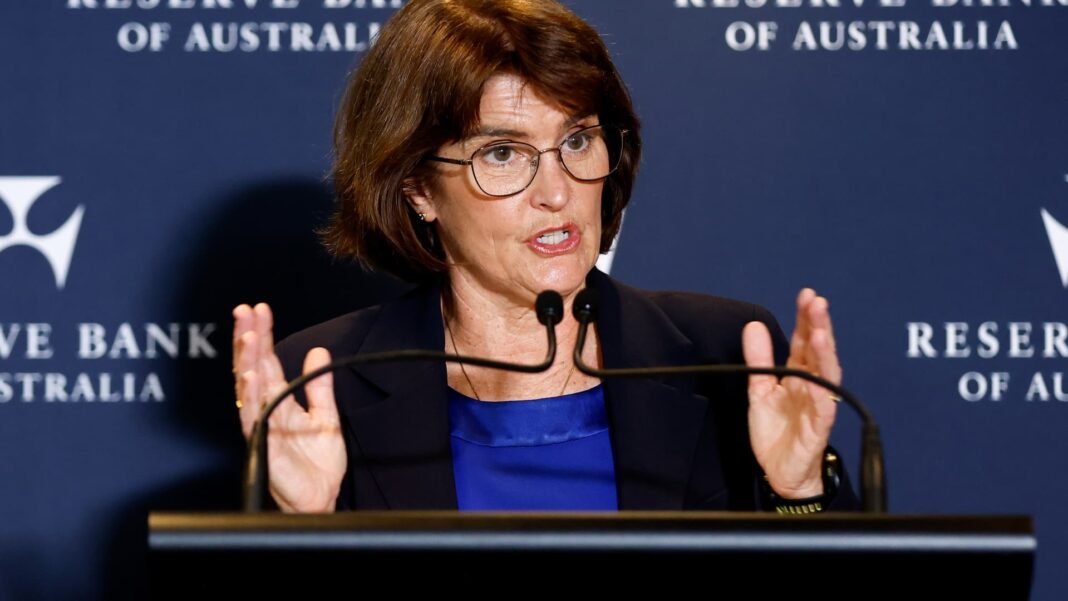SingaporeS Economic Prospects Amid Trade Disputes and Stable Monetary Policy
Monetary Authority of singapore Holds Steady in Uncertain Global Climate
The Monetary Authority of Singapore (MAS) has chosen to maintain its current monetary stance, reflecting a prudent approach as the city-state anticipates slower economic expansion in the latter half of 2025. This decision comes against a backdrop of persistent trade tensions and geopolitical instability affecting global markets.
Rather than modifying interest rates, MAS continues to regulate monetary conditions by permitting the singapore dollar (SGD) to move within a predetermined policy band relative to a basket of currencies from its principal trading partners. Although the exact parameters remain undisclosed, MAS confirmed that both the band’s width and midpoint will remain unchanged for now.
Unexpected Economic Resilience Despite Trade Challenges
Defying earlier predictions of contraction, Singapore’s economy grew by 1.4% quarter-on-quarter in Q2 2025, successfully avoiding a technical recession. On an annual basis, GDP growth accelerated modestly to 4.3%, up from 4.1% in Q1-demonstrating notable resilience amid external headwinds.
This strong performance is especially significant given that exports account for nearly 180% of Singapore’s GDP-a testament to how deeply integrated the nation is within global trade networks.
Trade Sector Grapples with Tariff-Induced Volatility
The central bank noted that industries closely tied to international commerce are expected to face some deceleration due to tariff-related disruptions stemming from U.S.-imposed duties. These levies have introduced unpredictability into supply chains and increased costs for exporters based in Singapore.
A recent government disclosure revealed ongoing talks with U.S. officials failed to secure assurances on maintaining existing tariff levels at 10%, leaving future trade relations uncertain despite free-trade agreements spanning over two decades.
Low Inflation Provides Cushion against Immediate Policy Shifts
Inflation remains subdued at just 0.8% as of June 2025-the lowest level seen in over four years-with core inflation excluding volatile components like private transport and housing even lower at approximately 0.6%. This mild price pressure grants MAS greater flexibility compared with many other economies currently battling elevated inflation worldwide.
Cautious Approach Maintained Amid Lingering Risks
- Mild Inflation Environment: The low inflation backdrop reduces urgency for immediate tightening or easing measures by policymakers.
- Tentative Optimism: Analysts suggest MAS stands ready to recalibrate policies if medium-term risks related to tariffs or financial market shocks intensify price instability concerns.
- Avoiding Premature Moves: Maintaining current settings allows time for clearer insights into evolving global trade dynamics before committing further adjustments.
Navigating Geopolitical Tensions and Market Fluctuations
The Monetary Authority cautioned that ongoing geopolitical conflicts combined with erratic financial market behavior could exacerbate challenges posed by weakening global demand through late-2025 into early next year. Such factors may weigh heavily on export-dependent sectors vital for sustaining growth momentum within this highly open economy.
The High Cost of living Persists Among Wealthy Residents
Singapore remains one of the world’s most expensive cities for affluent individuals according to recent lifestyle cost analyses-reflecting not only soaring real estate prices but also elevated living expenses driven by import reliance intensified under current tariff regimes.
Evolving Export Strategies: Insights From Regional Peers
Countries such as South Korea and Taiwan have encountered similar obstacles amid rising protectionism yet managed moderate growth through diversification strategies like expanding digital services exports and strengthening regional partnerships under Asia-Pacific agreements such as CPTPP (Complete Progressive Agreement).
“Singapore’s heavy dependence on exports makes it particularly vulnerable when effective tariff rates fluctuate unpredictably,” observed economists monitoring Southeast Asian markets.
A Forward-Looking Strategy: Flexibility Amid Uncertainty
- Diversification Initiatives: Broadening economic focus beyond customary manufacturing toward innovation-driven sectors can reduce exposure linked directly to tariffs on goods shipments.
- Bilateral Engagements: Ongoing diplomatic efforts aimed at stabilizing U.S.-Singapore trade relations remain essential given unresolved tariff disputes disrupting long-standing free-trade frameworks established since 2004.
- Diligent Monitoring: Policymakers continue scrutinizing domestic data alongside international developments impacting supply chains and capital flows before considering further policy changes during upcoming review cycles aligned seasonally later this year or next spring.”
Synthesis: Balancing Growth Potential With External Pressures Through Late-2025 and Beyond
The interplay between resilient GDP outcomes and persistent external uncertainties creates a nuanced scenario where measured patience takes precedence over aggressive intervention among authorities managing one of Asia’s most open economies.
While short-term moderation appears inevitable due largely to unresolved tariffs lacking clear timelines, underlying strengths supported by low inflation offer room for strategic maneuvering ahead.
Ultimately, how effectively Singapore adapts its economic framework amid shifting global trading patterns will determine whether it sustains long-term prosperity while retaining its status among top-tier cities favored by high-net-worth individuals worldwide.





